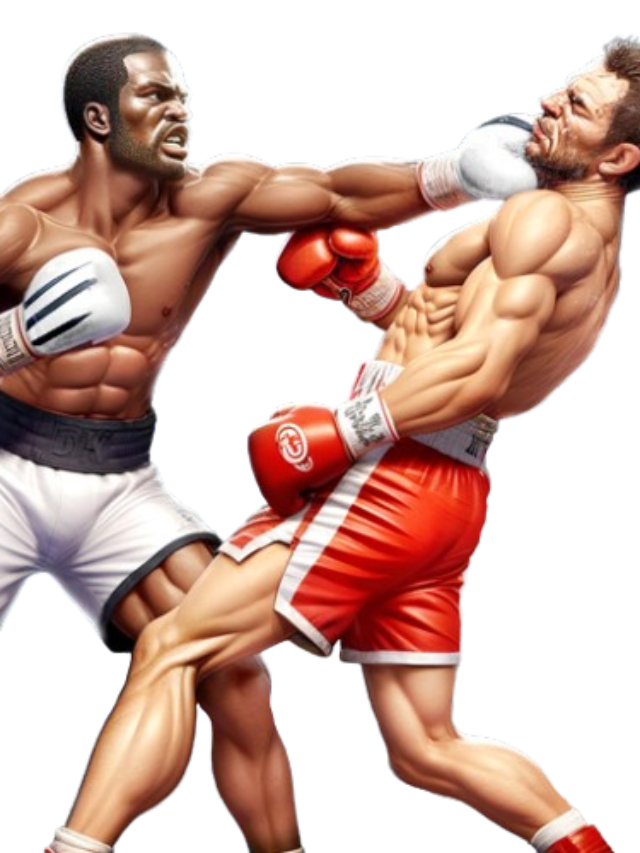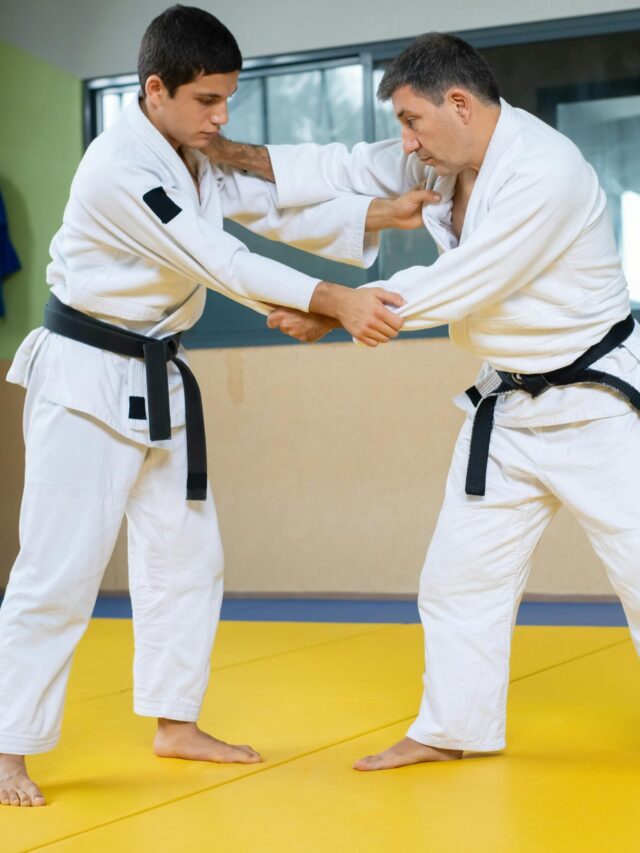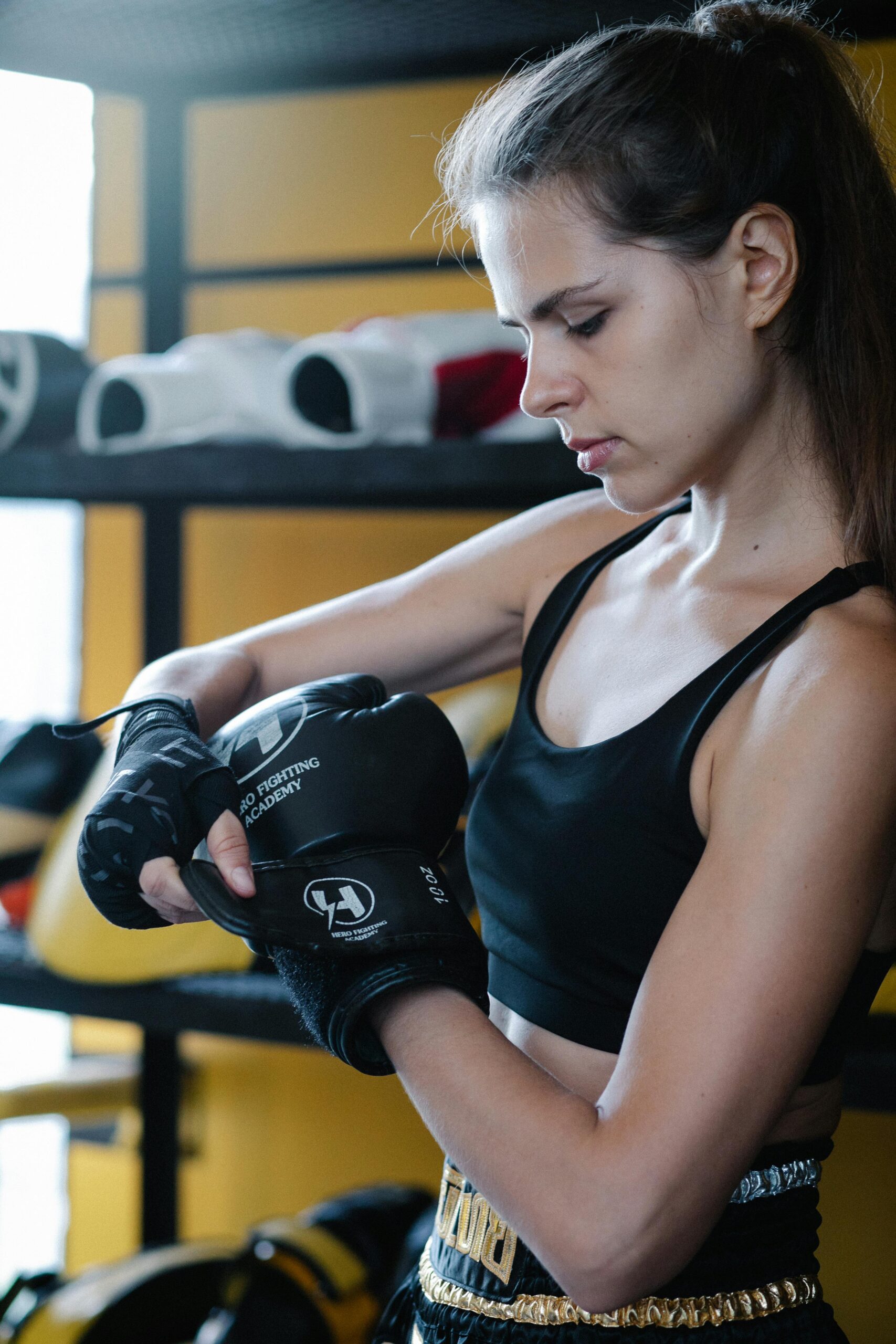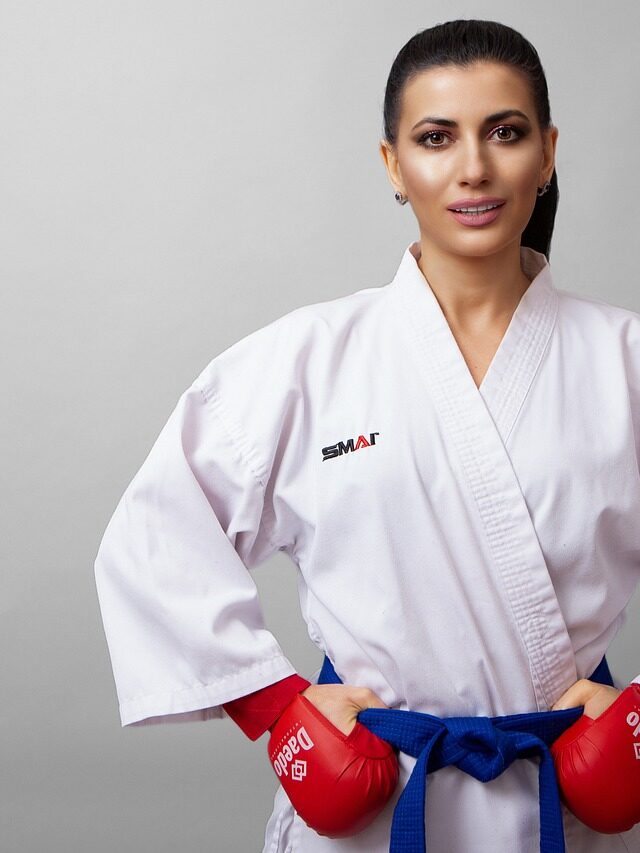
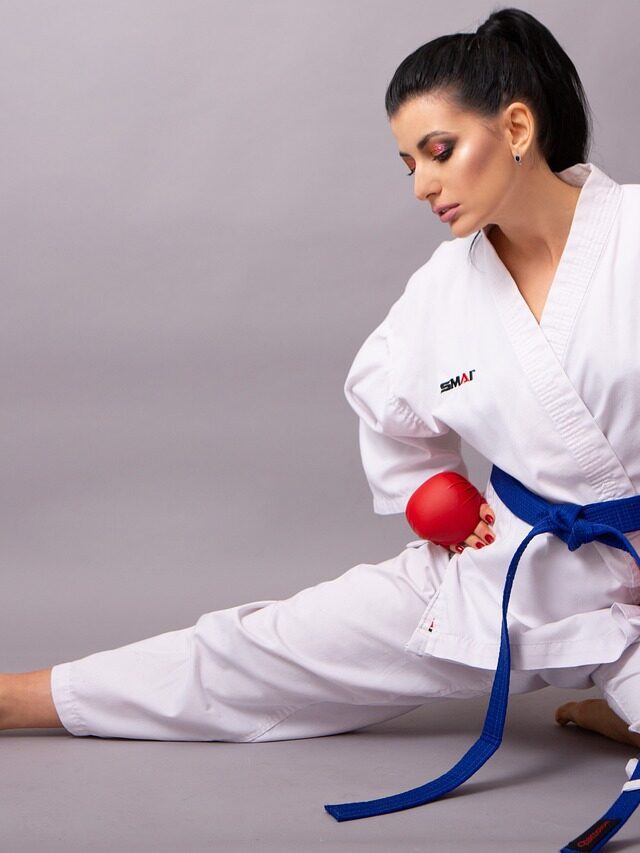

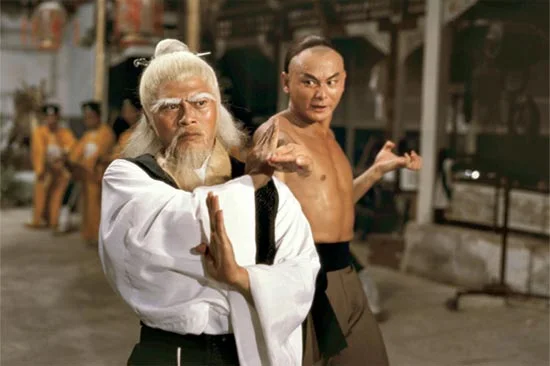

Description
Karate, also karate-do, is a martial art developed in the Ryukyu Kingdom. It developed from the indigenous Ryukyuan martial arts under the influence of Chinese martial arts. mmatigersdelhiMARTIAL ARTS & FITNESS FOR ALL AGES!
Ancient History
Belt Rank. It is a frequently asked question in the martial arts world, and rightfully so due to the variety of color order and the placement of certain colors across disciplines and styles. The tradition of Okinawan karate proposes that belt colors (as indicators of rank) originated in habit of washing all of one’s training clothes except the belt. In this practice, training progressed, the initially white belt would become a dingy yellow, then a greenish yellow-brown, then a dirty brown, and finally a repulsively filthy black. Eventually, so they say, this progression was formalized as the white, yellow, green, brown and black belt ranks. This is the way rank started. How dirty your belt was indicated how much you have trained and how much experience you have had. However, through the evolution of society and the martial arts community, more colors emerged to allow ample training time for each individual.
Recent History
In Orlando, FL in 2008, Frank Silverman and Mike Metzger joined their competing karate schools to form one of the largest names in martial arts today. Mr. Silverman of Central Florida Championship Karate (founded 1991) brought Chito-Ryu karate, and Mr. Metzger of Internal Power Martial Arts (founded 1993) brought Tae-Kwon-Do. Through the merge of these two fast growing schools, many changes came, including the ranking system and a new name: Championship Martial Arts.
Terminology & Interaction
Ranks below black belt are generally referred to as “Kyu” (pronounced cue) ranks. Kyu roughly translates to English to mean “level”. Black belts are referred to as “dan” (pronounced dah-n) ranks. Dan roughly translates to English to mean “step, stage, or degree” At Championship Martial Arts-Cary, there are 13 kyu ranks and 10 dan ranks. These two rank systems tie together at a very important and symbolic event in every martial artist’s journey, the black belt test. I can’t give away too much about the test, but what I can tell you in context of this blog is this: White Belts are known as 13th kyu, Yellow belts as 12th kyu, and so on; Black belts are known as degrees and starts at 1st degree. Think of rank as a distance from 1st degree black belt. These two systems do not overlap, but instead transition from 1st kyu to 1st degree at the end of your black belt test.
Considering today’s popular culture, Kyu ranks are probably what you are picturing as you read this blog. These are the colorful belts that represent different levels of maturity and mastery. The White belt represents someone who is just beginning their training, while a 1st Degree black belt represents someone who has committed to learning karate and mastering the basics. Everything in between is a step towards mastering the basics and getting ready for black belt.
Among styles and even within the same organization, rank systems can be different, but it does not change what you are learning. As long as you are progressing and setting strong goals and beating them each time you train, the color around your waist does not matter at all.
Ranks at Championship Martial Arts Cary
Below you will find an image depicting the ranks at Championship Martial Arts Cary. Student begin their training at White belt and test every 3 months between Kyu ranks. Most students progress quarterly at the Kyu level, but because everyone is different, some students need more than the required 3 months to train than others. At High Brown (the last Kyu rank called “1st Kyu”), students train for 6-9 months in preparation for their first Black Belt Test. While the Kyu ranks are tested every 3 months, Dan ranks must train longer in between degrees. Training time between degrees is determined by the degree they are testing for. 1st Degrees testing for 2nd Degree must train for a minimum of 2 years, 2nd Degrees testing for 3rd Degree must train for a minimum of 3 years, and so on. During this in between time, 1st and 2nd Degrees earn progress belts to track their progress towards their next degrees.
You may hear us refer to the Black Belts as Shodans, Nidans, Sandans, etc. These are the names of the degrees in Japanese. See the chart below to see each one’s pronunciation and spelling in Kanji, one of Japanese’s 3 character sets.
| Degree | Pronunciation | Japanese |
|---|---|---|
| 1st dan | Shodan | 初段 |
| 2nd dan | Nidan | 二段 |
| 3rd dan | Sandan | 三段 |
| 4th dan | Yondan* | 四段 |
| 5th dan | Godan | 五段 |
| 6th dan | Rokudan | 六段 |
| 7th dan | Shichidan | 七段 |
| 8th dan | Hachidan | 八段 |
| 9th dan | Kudan | 九段 |
| 10th dan | Jūdan | 十段 |
*The Japanese word for four is pronounced the same as the word for death, hence Yondan is generally used in place of Shidan.

Sources:
Degree Names Chart:https://twitter.com/mmatigers
https://www.instagram.com/tigersmixedmartialarts/
https://in.pinterest.com/tigersmixedmartialarts/
https://www.youtube.com/@TigersMixedMartialArts/playlists
https://youtu.be/HvycP4UT_Z8?si=HRKCjC7PiU5WbEKr

